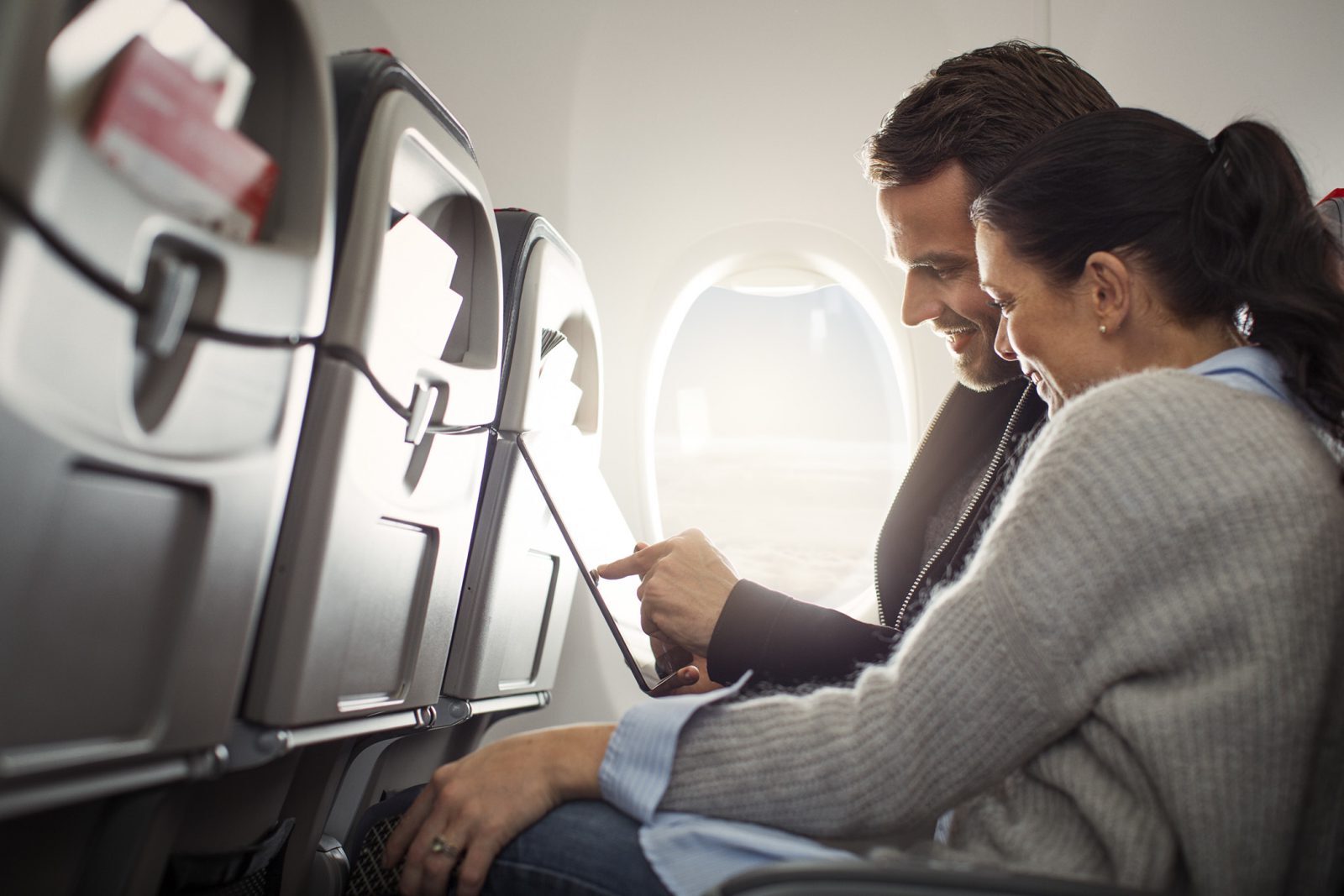
Ever wondered how you can browse the internet while flying at 35,000 feet? In-flight connectivity has revolutionized air travel, making it possible to stay connected even in the skies. From sending emails to streaming movies, the technology behind this convenience is nothing short of fascinating. But how does it all work? What makes it possible to connect to Wi-Fi on an airplane? This blog post will dive into the nuts and bolts of in-flight connectivity, revealing 12 intriguing facts that will make you appreciate your next Wi-Fi-enabled flight even more. Buckle up and get ready to learn!
Key Takeaways:
- In-flight connectivity allows passengers to access the internet while flying, offering benefits like business productivity and entertainment options. However, it faces challenges like cost and coverage gaps, with future improvements promising faster speeds and lower latency.
- In-flight connectivity relies on satellite and air-to-ground systems to provide internet access, with satellite systems offering higher speeds but experiencing higher latency. Advancements like low Earth orbit (LEO) satellites hold promise for faster and more reliable in-flight internet.
What is In-flight Connectivity?
In-flight connectivity allows passengers to access the internet while flying. This technology has transformed air travel, making it possible to stay connected even at 35,000 feet. Here are some fascinating facts about in-flight connectivity.
-
First In-flight Wi-Fi Service
The first commercial in-flight Wi-Fi service was introduced in 2004 by Boeing. Known as Connexion by Boeing, it was a pioneering step in aviation technology. -
Satellite vs. Air-to-Ground Systems
In-flight connectivity relies on two main systems: satellite and air-to-ground. Satellite systems use geostationary satellites to provide internet, while air-to-ground systems use cell towers on the ground. -
Speed Limitations
Internet speeds on flights can vary. Satellite-based systems typically offer speeds up to 100 Mbps, while air-to-ground systems can reach around 10 Mbps.
How In-flight Connectivity Works
Understanding how in-flight connectivity works can be quite intriguing. The technology behind it is complex and involves multiple components.
-
Antenna on the Plane
Planes equipped with in-flight Wi-Fi have antennas installed on their fuselage. These antennas communicate with satellites or ground towers to provide internet access. -
Data Transmission
Data is transmitted from the plane to a satellite or ground tower, then to a network operations center, and finally to the internet. This process happens in milliseconds. -
Latency Issues
Due to the long distances data must travel, in-flight internet often experiences higher latency compared to ground-based connections. This can affect activities like video calls.
Benefits of In-flight Connectivity
In-flight connectivity offers numerous benefits to passengers and airlines alike. It has changed the way people work and entertain themselves during flights.
-
Business Productivity
Business travelers can stay productive by accessing emails, participating in video conferences, and working on cloud-based documents while flying. -
Entertainment Options
Passengers can stream movies, listen to music, and browse social media, making long flights more enjoyable. -
Real-time Flight Information
Some airlines provide real-time flight information through their Wi-Fi systems, allowing passengers to track their flight's progress and arrival time.
Challenges and Future of In-flight Connectivity
Despite its benefits, in-flight connectivity faces several challenges. However, advancements in technology promise a brighter future.
-
Cost
Providing in-flight Wi-Fi is expensive for airlines. The cost is often passed on to passengers, making it a premium service. -
Coverage Gaps
Coverage can be inconsistent, especially over oceans and remote areas. Satellites are working to bridge these gaps, but it remains a challenge. -
Future Improvements
The future of in-flight connectivity looks promising with advancements like low Earth orbit (LEO) satellites. These satellites promise faster speeds and lower latency, making in-flight internet more reliable and accessible.
The Sky's the Limit
In-flight connectivity has transformed air travel. From streaming movies to sending emails, passengers now enjoy a seamless experience. Airlines invest heavily in Wi-Fi technology, ensuring faster and more reliable connections. Satellite systems and ground-based networks work together to keep you connected at 35,000 feet. While some airlines offer free Wi-Fi, others charge a fee, so check before you fly. Security measures are robust, protecting your data while you surf the web. Future advancements promise even better speeds and coverage. As technology evolves, expect more airlines to adopt these innovations. Staying connected in the sky is no longer a luxury but a standard feature. Next time you fly, take advantage of these services to make your journey more enjoyable and productive. The sky's truly the limit when it comes to in-flight connectivity.
Frequently Asked Questions
Was this page helpful?
Our commitment to delivering trustworthy and engaging content is at the heart of what we do. Each fact on our site is contributed by real users like you, bringing a wealth of diverse insights and information. To ensure the highest standards of accuracy and reliability, our dedicated editors meticulously review each submission. This process guarantees that the facts we share are not only fascinating but also credible. Trust in our commitment to quality and authenticity as you explore and learn with us.


